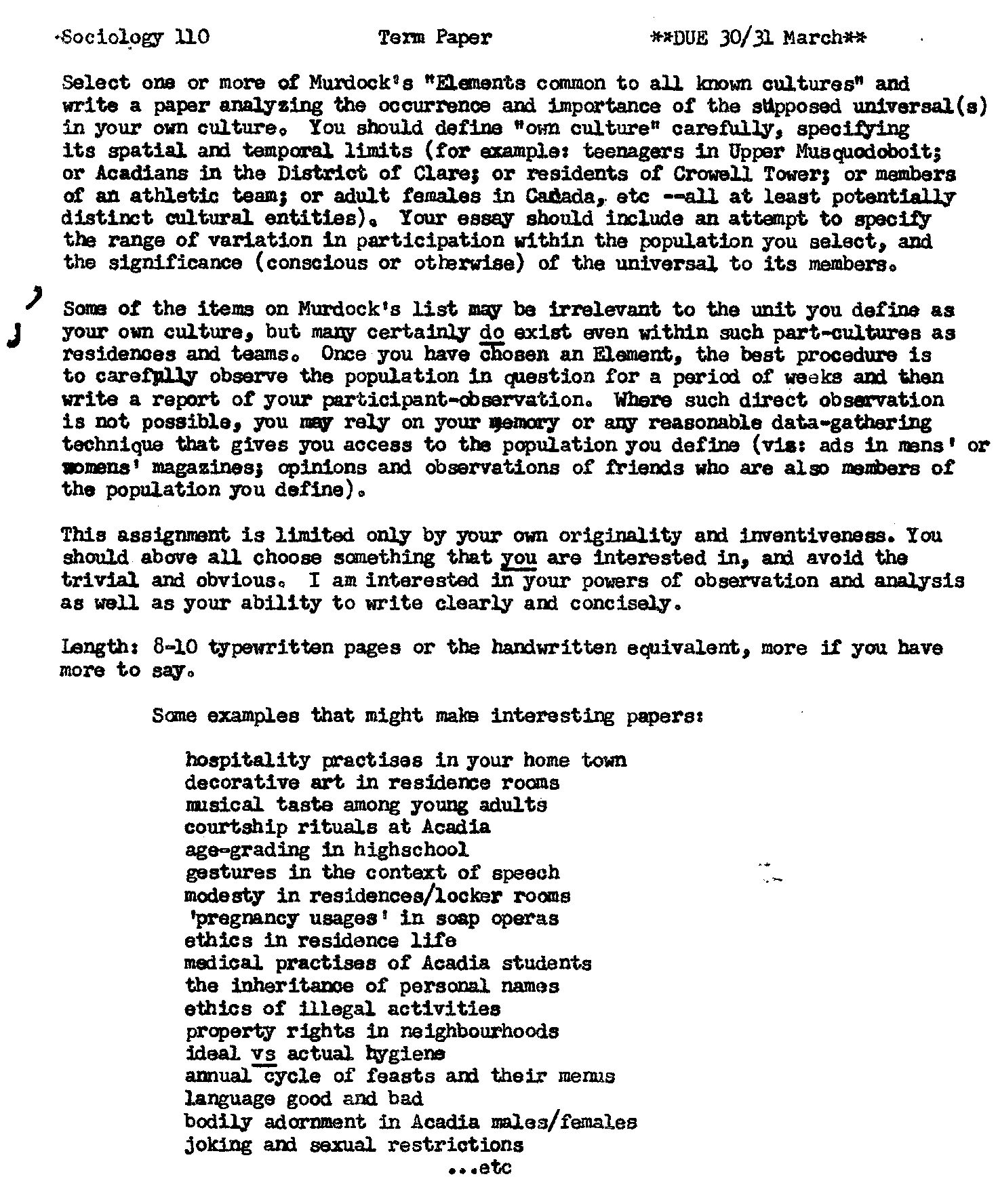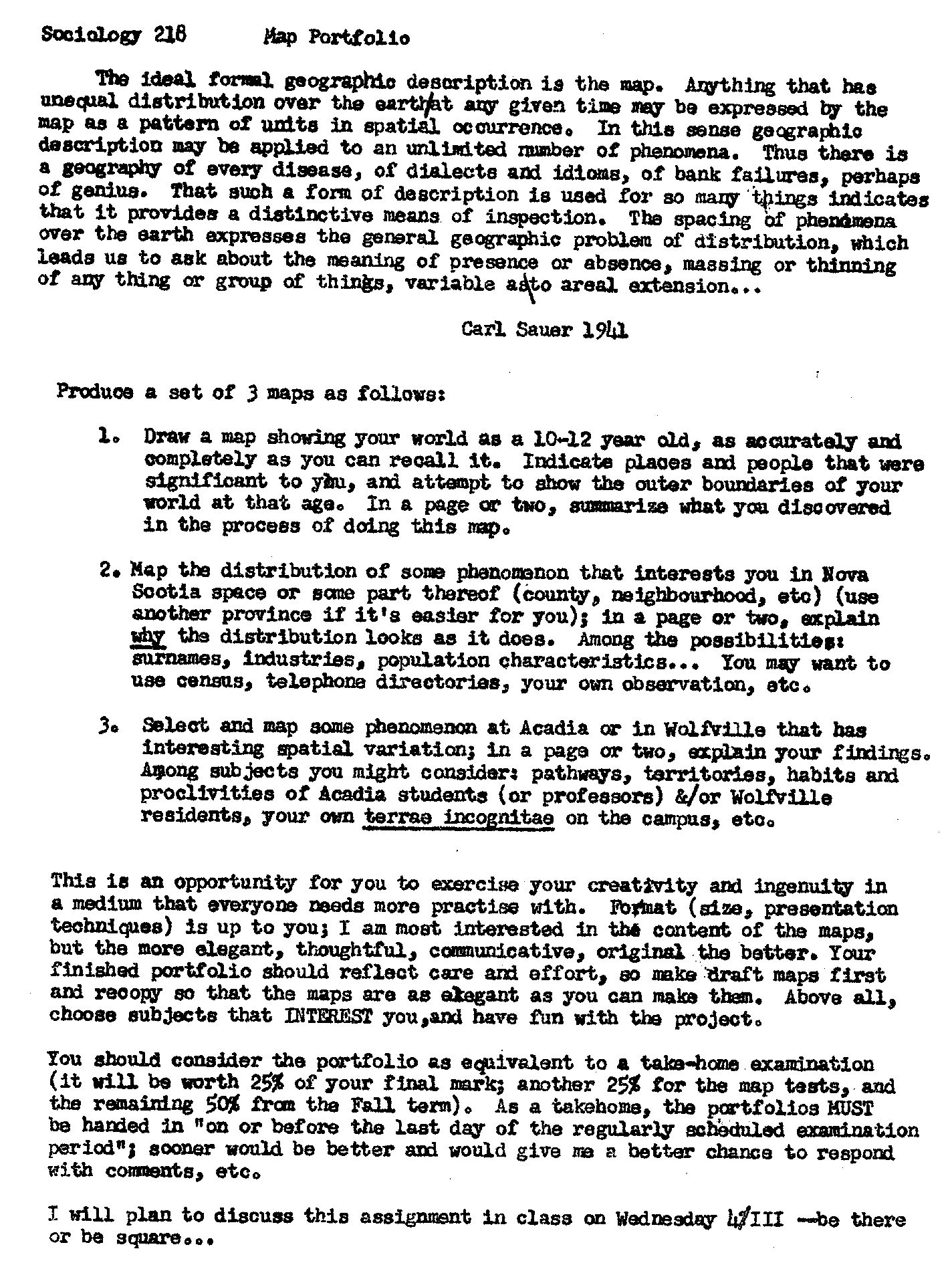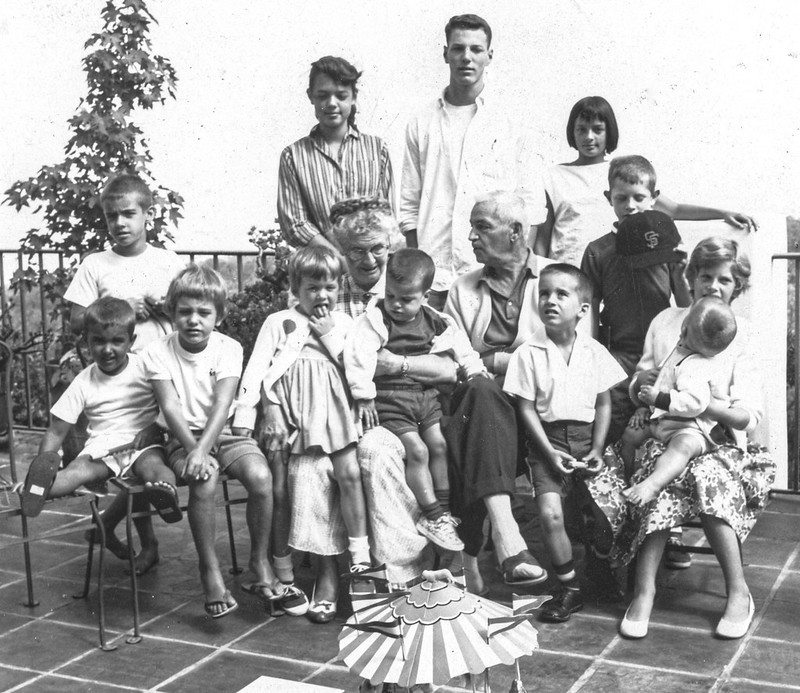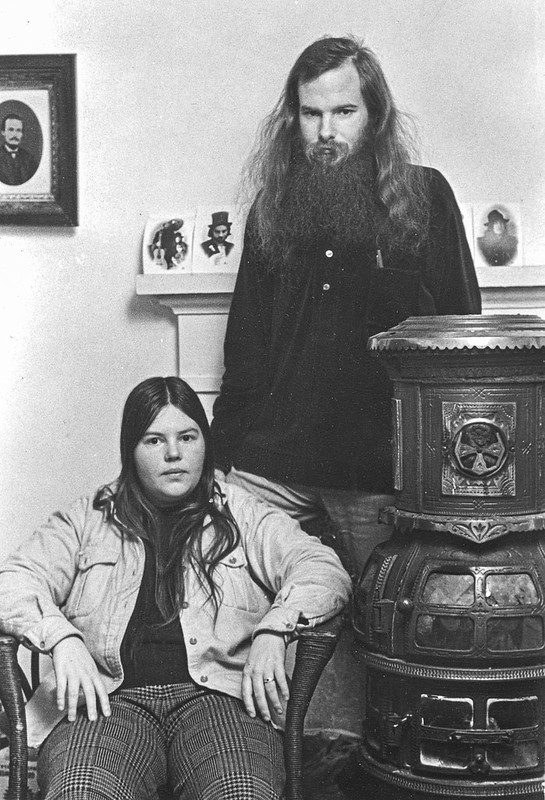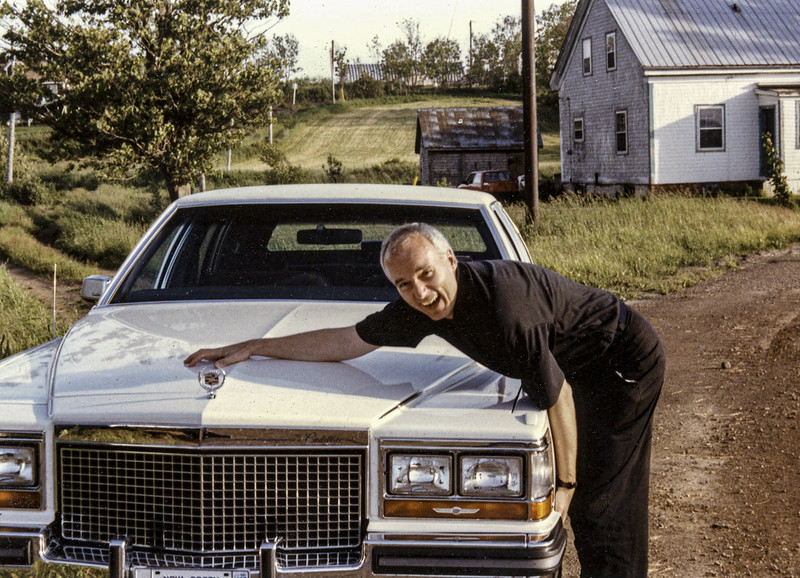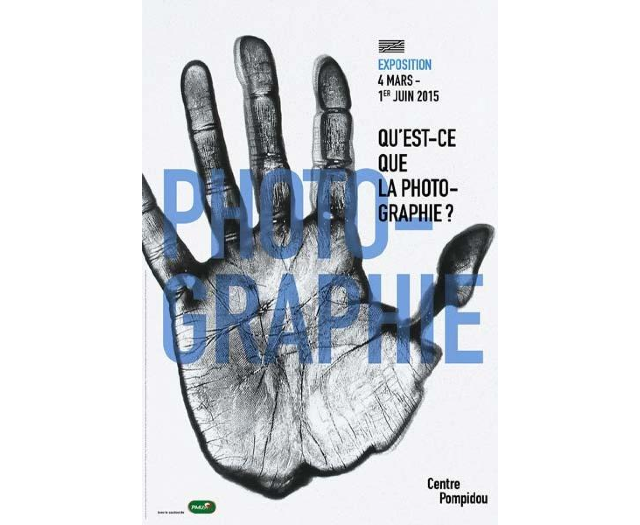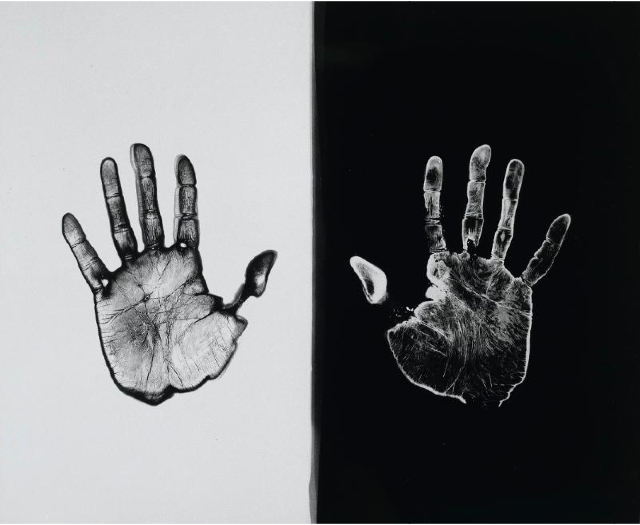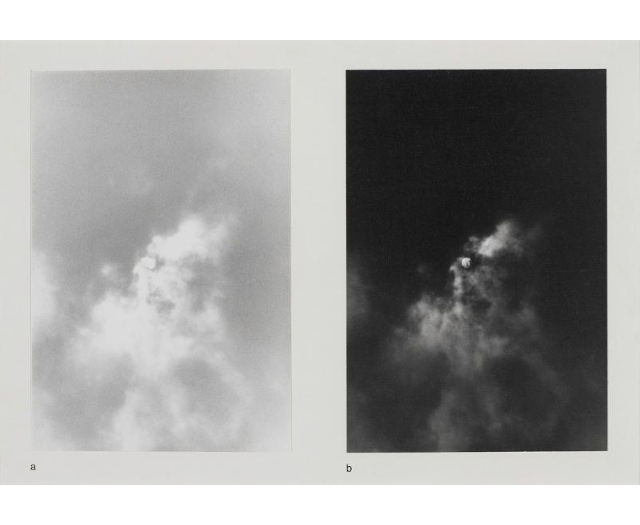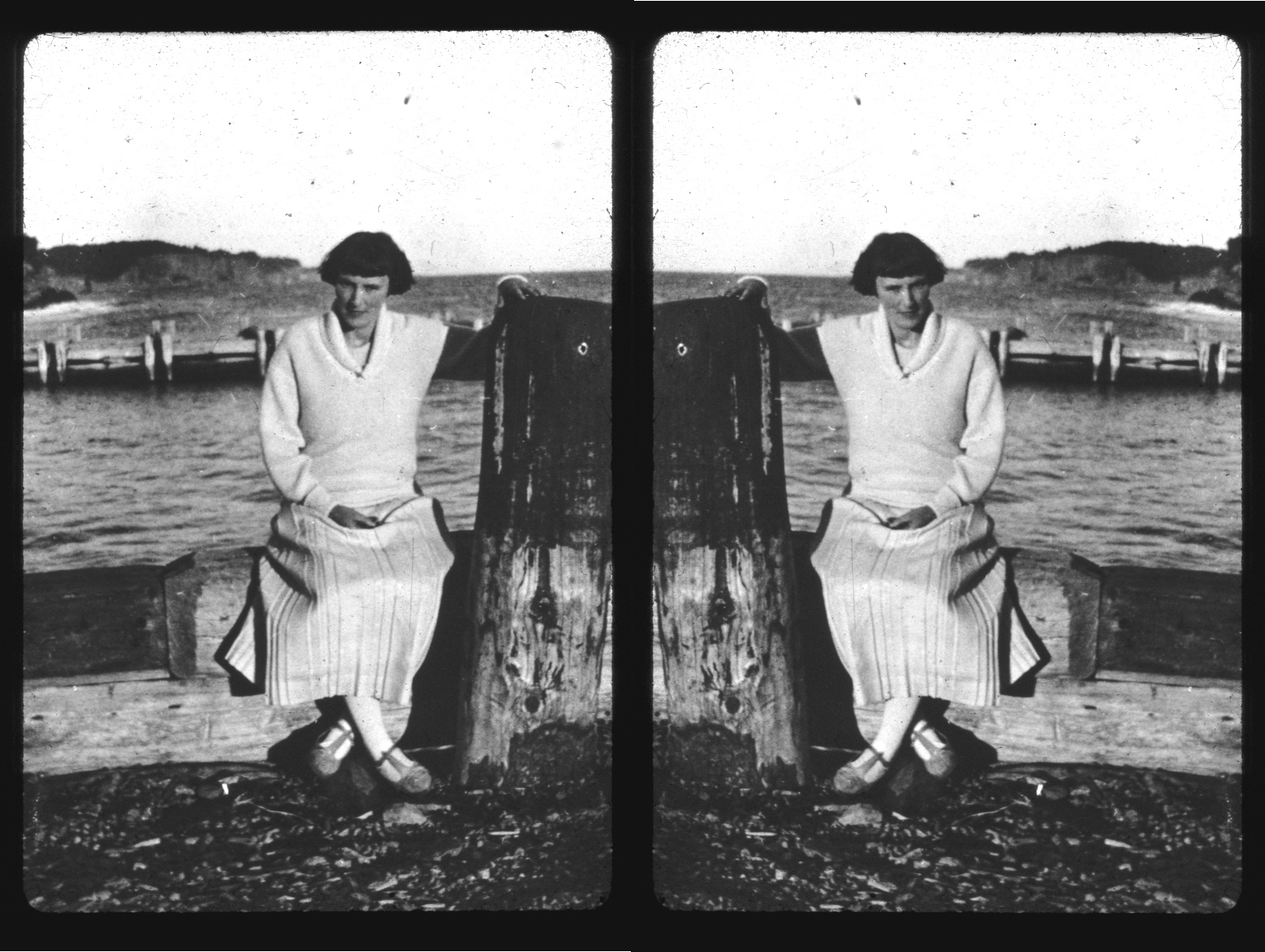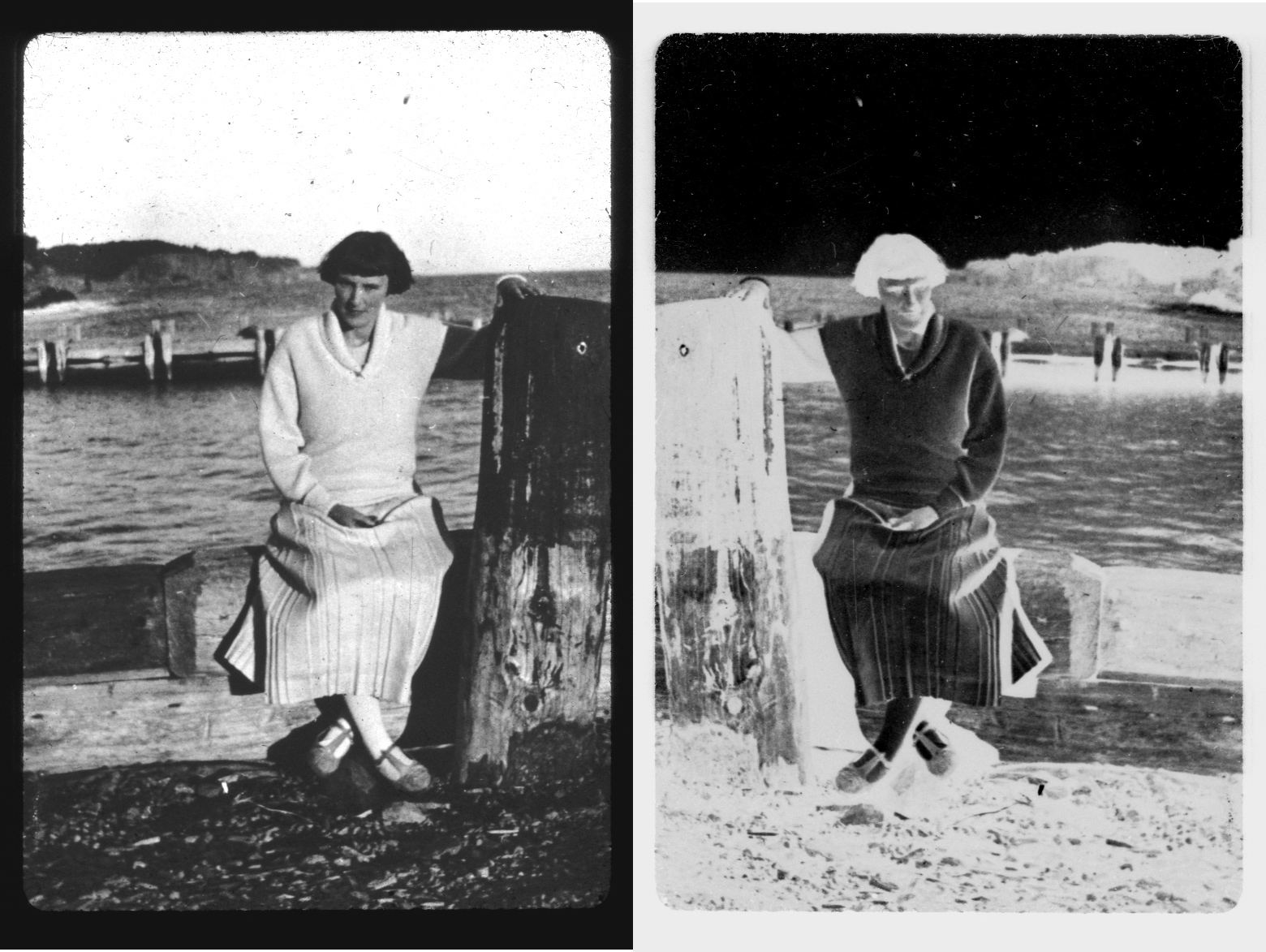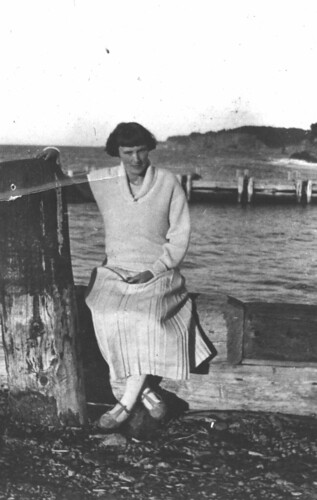I’ve been working over various episodes of my checkered past (see sketches of aspects of graduate school years), which need retreading and elaboration). Recently I happened upon a folder from October 1972, when I’d been in Nova Scotia less than six months and was at the beginning of my dissertation fieldwork. My friend Shel Anderson was teaching a course in Anthropology at Acadia, and asked me to do a guest lecture on what I was doing. At that point in my life, it was easiest for me to write out a sketch of what I wanted to say, and then to use it as a springboard from which to talk (rather than reading the words from the page). I was quite surprised to reread the text more than 40 years later and find that I recognize the person who wrote it, and that much of my approach to teaching during the years I was a prof at Acadia (1973-1990) is pretty clearly sketched in the text. It seems worthwhile to transcribe what I wrote, and perhaps that will inspire me to further dealings with that phase of my life.
I’m going to try to lay a whole lot of different stuff on you, some of which will be repetitive and some of which you may not immediately be able to understand because I can’t express it very clearly, or because I’ve made a lot of assumptions about the way things are that you don’t share, or haven’t gotten around to developing yet. So ask if you don’t immediately understand, and disagree if you think I’m wrong about something –some of you (know it or not) know a lot more about the [Annapolis] Valley than I do anyway.
And also I’m still at the stage where I’ve got a lot of basic questions that have to be answered before I can begin to understand better (like 3 weeks ago I didn’t know what silage was. And I still don’t know what [political] Party affiliation means here in the Valley. And I still don’t know what people’s own maps of things in the Valley look like or how they vary. And I don’t know much more than a few anecdotes about social stratification in the Valley –these are all things that some of you could work on if you felt like it –it would be an enormous help to me, and I’d be delighted to help you figure out how to go about looking into these and other things about the Valley… One thing I do have is access to a lot of different ways to look at the Valley, although I haven’t used them all yet…).
Have to know a little bit about what anthropologists do, when they’re not teaching courses. There’s this thing called “fieldwork” where you’re supposed to go to some remote corner of the world and endure incredible privations and have Adventures and Do Research. OK. So what does “doing research” involve? Well, you’re supposed to gather data with respect to some Problem you’ve defined (by reference to theoretical and ethnographic Literature which you absorb in graduate school). Now what anthropologists usually do is rather different from what I’m doing, but I’ll sketch it out anyway –with the proviso that the way I’m telling it is too generalized, i.e., not all anthropologists are wasteful scoundrels…
There are a lot of Traditional Anthropological Problems which necessarily form a part of what Anthropologists Do. Once you decide where you want to go (and reasons are usually pretty ad hoc) and somehow get yourself there, you have to somehow establish yourself, which means get to be known by the people you’re going to rely upon to Provide You With Data. So you choose an area, e.g. a village or group of villages or a bunch of people. And you have to do some very basic information-gathering, like mapping the physical setting (with maps, and with analysis of such things as productive activities) and mapping the population (e.g., doing a survey to see who’s where and who they’re related to). Once these preliminary tasks are begun, you start looking for evidence relating to the particular Thing you’ve claimed you were going to study. And eventually you return [to the university whence you came] and write a report of what you’ve done, which gets called an Ethnography…
But basically what you DO (and remember this is still a very general picture of what anthropologists are “supposed” to do and be doing) is live with, more or less closely, the people you are studying. Now this sounds a bit romantic –the young Sahib, dressed in A-line shorts and solar topi, asking questions and getting answers and writing them down, returning to his tent or grass hut in the evening to Write Up his notes on the typewriter.
Now, anthropologists really do a lot of things which don’t fit with this picture. Like they get interested in bigger things than little villages, and in other human groups than Natives with Bones In Their Noses. In fact, one of the nice things about anthropology is that you can, theoretically, do it anywhere (unlike Sociology, which is usually thought of as the study of your own society), including your own society (although there’s no unanimity on this point –there are those who say you need “Cross-Cultural Perspective” in order to understand anything you see, and therefore must go to a Cross Culture) And an anthropologist (he who has paid his dues in grad school) can call just about anything he does Anthropology.
OK now me: I’m working on some problems that anthropologists generally haven’t paid much attention to –I’m doing research in Canada (but not on Indians), I’m concerned with an unusual (for anthropologists) social unit (the Region) and with some unusual substantive problems (modern agriculture, economic organization of a highly-developed type), and I’m using some unusual tools (quantitative/statistical geography, maps, enterprise analysis using formal economics, and stuff like that).
In a sense I’m ‘only’ doing ethnography, but in a different way, with a different unit of analysis, a different organizational level, and in a different temporal framework than it has been done usually. I’m trying to produce an exemplar of an empirical approach that has not been attempted by anthropologists, and thus to produce a new way to look at human organization.
The fundamental empirical question I am asking is: how are things distributed, in both space and time?
And then (and this aspect requires investigative tools not common in anthropology): how does distribution change? What can be said of processes (economic, demographic, political, social…) in this population? The whole point is to develop a new way of looking at the organization of human populations –or perhaps to develop ways of seeing the interrelations of organizational variables.
So what GOOD is this? Personally, it’s gratifying to know more about the place one lives and the times one lives in. And that’s something that people have to do more (rather than less) of. And ‘professionally’ I’m looking at some things that sociologists, anthropologists, etc. haven’t studied very often: a transformation which is found repeated over the North American landscape, a chunk of time rather than a moment (the only way to study change), a physical and territorial unit of a higher level of integration than those usually studied.
In short, I’m looking at how this region has changed since World War II. Since it’s a farming region, and since farming has changed tremendously since 1946, the main questions I’m concerned with relate to the processes of change in farming. Now there are a lot of processes you can look at –start with just the numbers of farms (and NB that the Census provides my main starting point for data –it provides a statistical sketch of the outlines of change), then look at different types of farms, at different sizes of farms. This generates new questions as one proceeds, but the basic way questions get generated is that you look at the distribution (statistical and/or spatial) to try to account for why it looks the way it looks –how it got that way, what forces have acted upon it and are acting upon it… Anyway, there are a million things you can do. The problem is to string them together into a coherent whole that gives you some ideas about how to answer (or at least deal with) the original problems that got you interested in the thing in the first place. A really good way to think about all of this is in terms of the systems in realspace, with real people in them.
Now since I’m interested in the Region and its organization, I have to consider much more than just farming, even to answer the questions I have about farming. So I look for ways to deal with the population system (and again the Census comes in handy) and with the web of organizations that hold the population together –, that is, in the Integration of the region. Now, Integration is a process, and not just a state. You have to keep working at it to hold things together, and it doesn’t just happen naturally. Thus, you have to expend energy (which you have to get somehow from the environment, and store up somehow for later use) to maintain order. You’re fighting entropy… So because we’re dealing with Processes, we need to see events as structured in time. And it is no less reasonable to be directly concerned with events as structured in space as well.
Now, we can say as a general rule for starting that the Territorial System is spatially structured by centrality, and temporally structured by periodicity. So look at these analytical notions (centrality and periodicity) in relation to any subsystem you define –like political, economic, etc. etc…
So there are Regional Systems, and Regions are real things, and they change and evolve –or rather the populations within them change and evolve. There’s a basic rhythm to this, almost: there’s a population system, with people being born and dying and getting married and having kids… and the individuals in those systems grow up and age and form groups and maybe migrate and maybe make it through school and maybe get a job somehow and maybe change the job and maybe get married… i.e., they’re real people.
And they play a lot of elaborate formal games in order to eat: they trade stuff around, using tokens (and access to and supply of tokens is not uniform, for a lot of reasons) which they get in a variety of legitimate, quasi-legitimate and illegitimate ways.
One can look at those games, how they are played and how the players (and the rules) change –that’s the essence of looking at marketing systems: what flows where and in what quantities.
And one can look at the formal, quasi-formal and informal rules for moving stuff around. And moving the privilege of access to stuff around. That’s what Lenski means by a stratification system –control of access to resources.
And you can look at all the stuffing and frills, the odd bits of behavior that the players have a strange way of repeating –the Culture, Social Organization, the Society…
The thing is, the Regional Systems notion gives you a framework to hang your knowledge of an area on, and thus allows you to broaden your knowledge and understanding of the ways in which your Environment is operating.
There are a number of reason why this is not just an idle game played by people who stayed on the Academic Bandwagon to the end of the line –one of them is purely selfish– if you know something about what’s likely to come from where in your (hostile) environment, that’s better than knowing what hit you afterwards, or rather, better than knowing nothing…
But in order to have any Understanding in any deeper sense, you have to integrate a lot of different kinds (and sources) of Information.
Now, we all DO this, mostly unconsciously and to a much less developed degree than we would if we really thought about it. Like, when you first arrive in a new place, like Wolfville if you’re not already from there, you don’t have any information, you don’t know your way around. You learn, both consciously (like when you ask someone, or set out to find something) and unconsciously. So you’re already structuring your own egocentric map of the region. Over time, the map elaborates, is corrected, becomes a resource…
OK, now imagine trying systematically (and consciously) to develop some part of your map –to get more information about something and construct a more elaborate map. So you identify some domain that you’re interested in (for whatever reason)
Event: like school amalgamation, looking at differential response of localities
Institution: like Kentville town government –look at factions, crises, everyday business over 25 years… or Service Clubs: who’s in them and what do they do? How are they stratified? Who’s NOT in them?
As I remember, the class went very well, was augmented with various show-and-tell exhibits like maps and datasets and photographs, and led to a lot of student questions and improvised answers.
